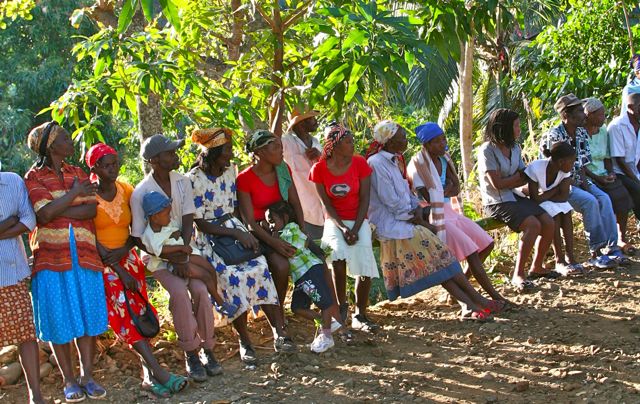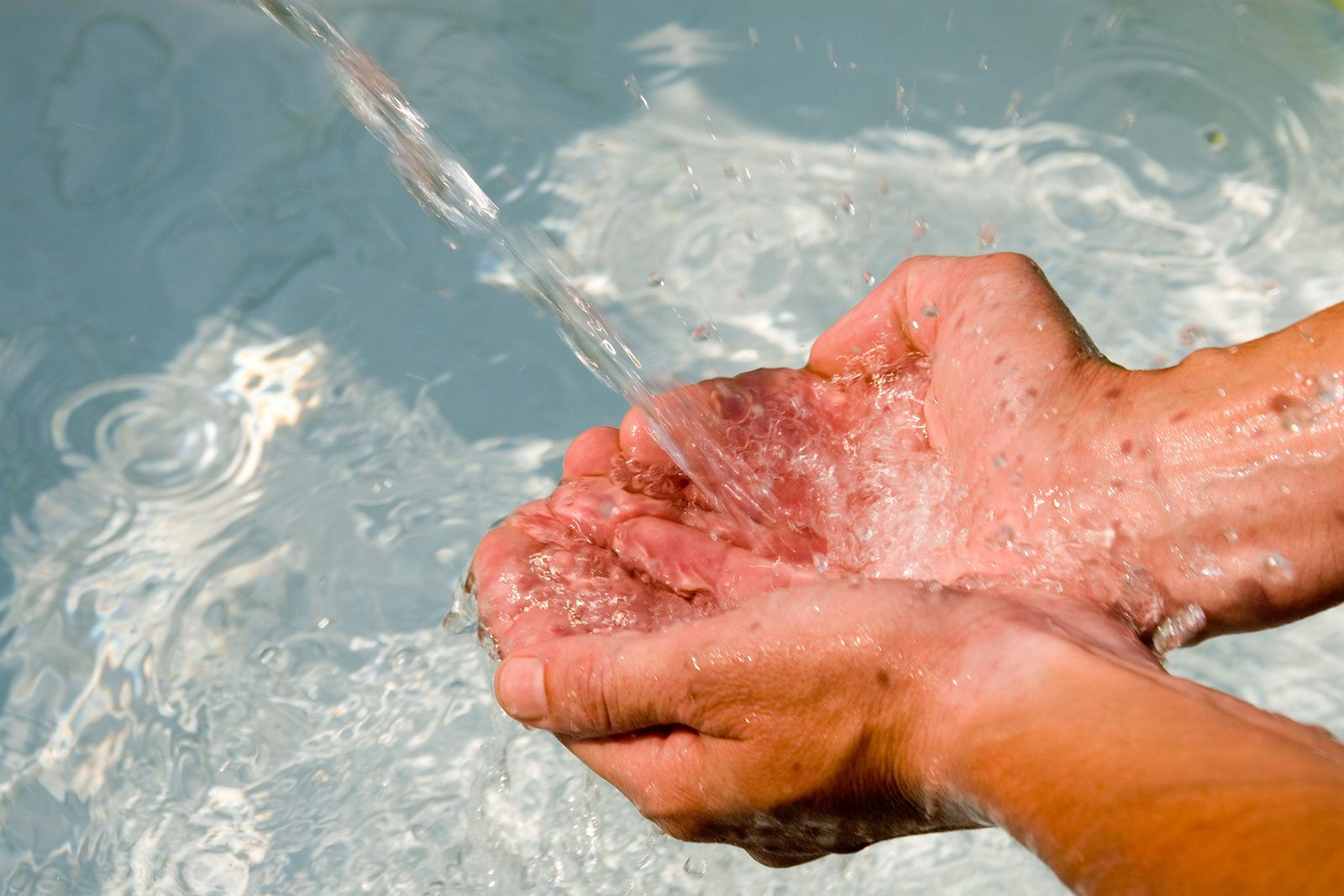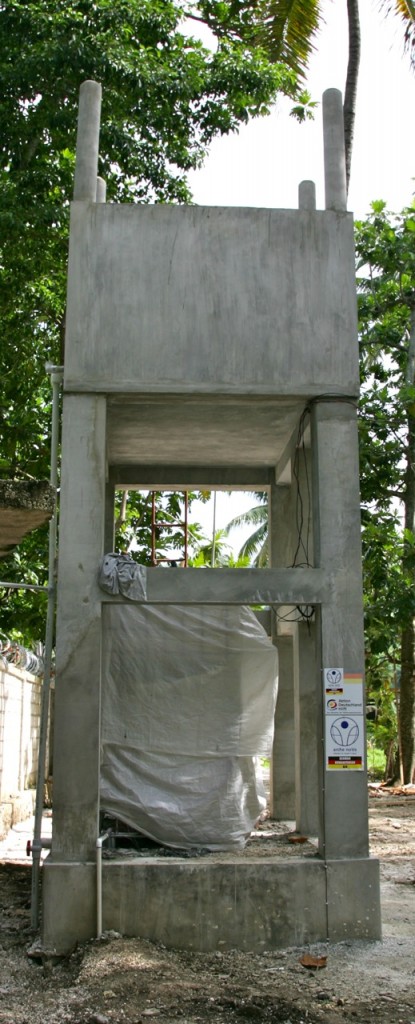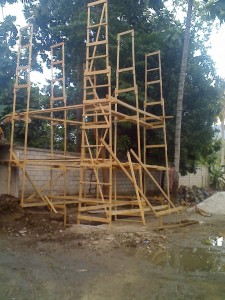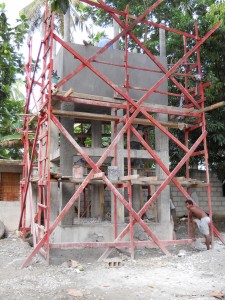Tomas, temporarily weaker, still poses major threat for Haiti
PORT-AU-PRINCE — A day after President René Préval traveled by
helicopter and road to the southern and western coasts to assess hurricane
preparations, Haiti stepped up evacuation plans for Tropical Storm Tomas.
The system, though slightly weaker on Tuesday, was expected to return to
hurricane strength over the next few days as it turns north toward Jamaica
and Haiti.
“Since 2004, we have been getting hit by hurricanes,” Préval told The
Miami Herald by phone Monday as he left the southwestern city of Les Cayes
and headed to Jeremie on Haiti’s western tip.
“This is why we started early, to make sure there are no deaths. We are
doing everything we can to make sure there are none.”
At 5 p.m. Tuesday, the National Hurricane Center said Tomas had weakened
during the day, its sustained winds dropping to 40 mph, but it remained on a
track that could sweep uncomfortably close to Jamaica on Thursday and strike
the southwestern tip of Haiti the next day. The Jamaican government issued a
hurricane watch.
John Cangialosi, a hurricane specialist at the National Hurricane Center
in West Miami-Dade, said the powerful center of the storm could shift
significantly to the east toward Jamaica or west toward the Dominican
Republic before it makes landfall.
Despite the weakening on Tuesday, forecasters still expected the storm to
regain hurricane strength and, at the very least, dump a lot of rain on an
island with denuded hillsides prone to dangerous, sometimes deadly flooding
and mud slides.
FLOODING FEAR
In Haiti, however, wind speeds won’t be as critical as rainfall totals. The
center warned of a “significant threat of heavy rainfall.”
Flooding from Hurricanes Hanna and Ike in 2008 killed more than 800 people
and the four hurricanes that hit Haiti that year left $1 billion in damage.
A tropical deluge also could overwhelm efforts to contain an outbreak of
cholera, caused by drinking contaminated water, that already has killed more
than 300 people.
Meeting with authorities from the surrounding vulnerable regions around
Les Cayes in southwestern Haiti, Préval asked for an inventory of needs,
announced that a fleet of government vehicles including evacuation buses and
heavy earth-moving equipment were already on site and that shelters had been
identified. The health ministry was evaluating the possibility of evacuating
patients at the government-run hospital, which is prone to flooding.
“We are trying to get everyone to work together,” Préval said. “We began
with the South, but we are not certain that is where it will do the most
damage.”
Still, the southern coast’s largest city — and Haiti’s fourth largest,
Les Cayes — is vulnerable to floods even with normal rainfall.
“Once a hurricane hits us, we are in a mess,” said Pierre Leger, a Les
Cayes businessman, recalling how twice in two years mud burried the city of
Gonaives after hurricanes.
“We have two canals — one on the left, one on the right. They are
blocked with trash, there are houses built on them. What happened to
Gonaives could happen to us.”
On Monday, U.S. officials announced that the USS Iwo Jima was on its way
to Haiti. The ship, which can support helicopters, is scheduled to arrive
later this week.
Prime Minister Jean-Max Bellerive said the government was calling on people
in the South to evacuate if the storm poses a dangerous threat. But even as
officials planned for potential disaster, concerns remained.
A recent survey of hundreds of tent cities in Port-au-Prince revealed that
only 30 percent of the displaced had a place to move into, and officials
were still trying to identify potential buildings that can shelter people.
“We are making buses available to evacuate people in the camps, like
children. But when we say evacuate, the question is where do we take them,”
Bellerive told The Miami Herald.
As officials plan for the storm, they continue to deal with the cholera
epidemic. On Monday, a government official confirmed a U.S. Centers for
Disease Control and Prevention report that the cholera strain found in Haiti
matched strains commonly seen in South Asia. The U.N. has denied that
Nepalese soldiers at a base in the city of Mirebalais, in Central Haiti, are
responsible for the outbreak.
Since the epidemic began in Haiti’s lower Artibonite Valley two weeks
ago, Haitian officials have been fighting to keep it from spreading.
Humanitarian aid officials say rain and floods make for a “toxic
combination” for the spread of the waterborne infection.
“This storm could not have come at a more difficult time,” Humanitarian
Coordinator Nigel Fisher said. “Although we have made extensive
preparations and prepositioned stocks across the country, some crucial
supplies have been badly depleted by ongoing needs, particularly the
response to the ongoing cholera epidemic.”
The U.N. has appealed to donors seeking emergency shelter, including
tarps, water, sanitation supplies and oral rehydration salts for cholera
treatment.
Meanwhile, Haiti’s neighbors were also preparing for Tomas. The Dominican
Republic closed beaches along its southern and eastern coasts as the
Emergency Operation Center warned residents to brace for 9- to 12-foot waves
within the next 24-72 hours. The country’s Ministry of Health also issued an
infectious disease warning, saying that swollen rivers and lakes could lead
to a rise in illnesses.
IN JAMAICA
Jamaica’s Prime Minister Bruce Golding held an emergency meeting with
his cabinet Monday and was expected to address the nation later Monday. The
Meteorological Service said the country could feel the outer bands of the
storm on Thursday or Friday, with periods of heavy rain and strong winds as
it passes east of the island.
The government also advised fishing fleets to return to the mainland.
The storm has already been blamed for anywhere from three to 12 deaths in
the eastern Caribbean, where Tomas raked across Barbados before gaining
strength to hit St. Lucia and St. Vincent and the Grenadines as a Category 1
hurricane.
The Caribbean Disaster Management Agency said the storm killed at least
three people in St. Lucia, injured two in St. Vincent and the Grenadines,
and damaged hundreds of homes and dozens of government buildings throughout
the region.
St. Lucia Tourism Minister Allan Chastanet, however, said there were at
least 12 confirmed dead, the Caribbean Media Corporation reported.
http://www.miamiherald.com/2010/11/02/v-fullstory/1903580/in-cross-hairs-of-
a-storm-haiti.html
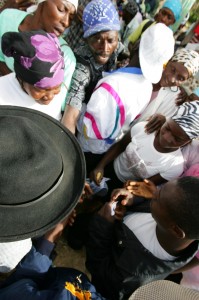 Seeing the need of this young man we took him to one of the largest facilities in Port au Prince, the Medishare/University of Miami Hospital to locate a orthopedic surgeon. Here, was one of only three places in a city of two million people effected by the earthquake which had orthopedic surgeons left in the country. Unfortunately, we also discovered another reason that this family was unable to have this metal tool removed from his bone. In Haiti today the average wage stands at 300 US dollars per year, making it difficult to keep a family fed. To have this procedure done, this aid hospital required over 200 US dollars, an amount that was impossible for this poor family to raise. Due to generosity of people just like yourself, we were able to cover the entire hospital fees for this young man. At the time the clinic was over, he was scheduled for surgery and was grateful most of all to God who made a way for him to get care.
Seeing the need of this young man we took him to one of the largest facilities in Port au Prince, the Medishare/University of Miami Hospital to locate a orthopedic surgeon. Here, was one of only three places in a city of two million people effected by the earthquake which had orthopedic surgeons left in the country. Unfortunately, we also discovered another reason that this family was unable to have this metal tool removed from his bone. In Haiti today the average wage stands at 300 US dollars per year, making it difficult to keep a family fed. To have this procedure done, this aid hospital required over 200 US dollars, an amount that was impossible for this poor family to raise. Due to generosity of people just like yourself, we were able to cover the entire hospital fees for this young man. At the time the clinic was over, he was scheduled for surgery and was grateful most of all to God who made a way for him to get care.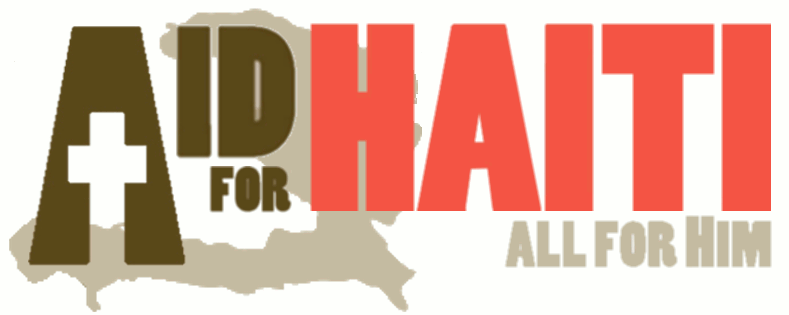
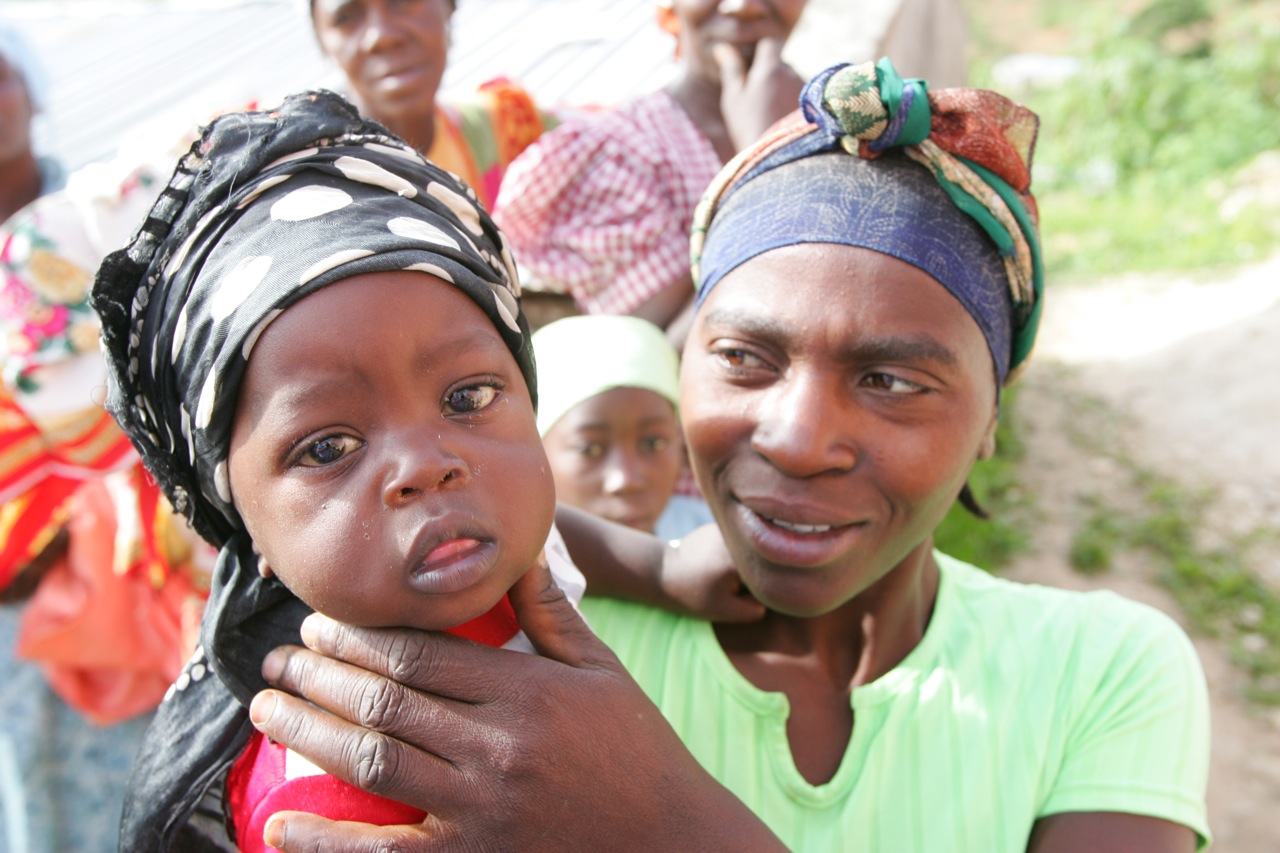
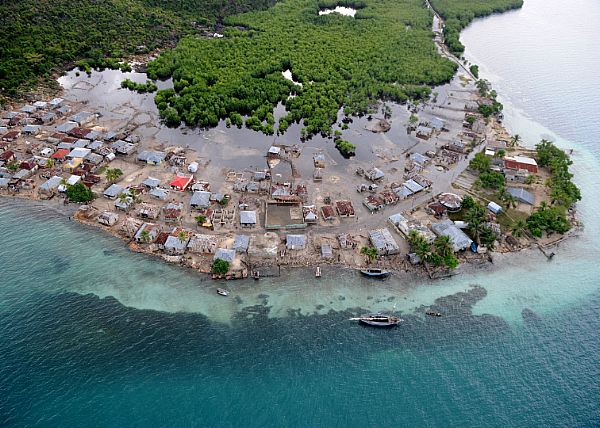

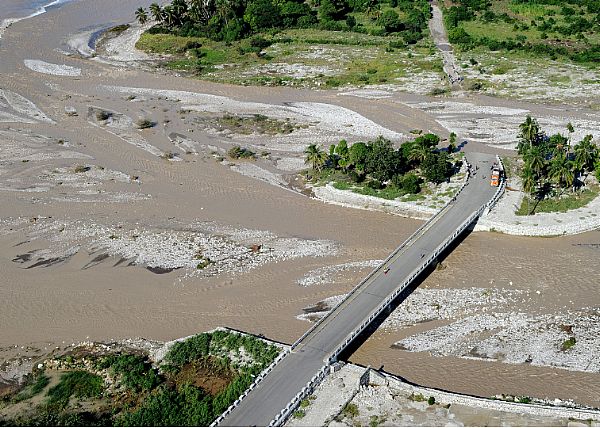
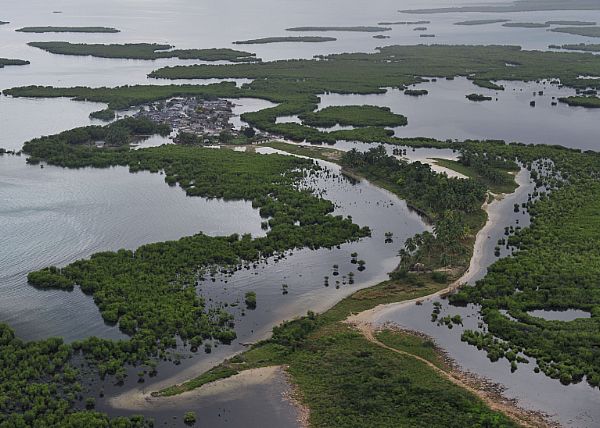
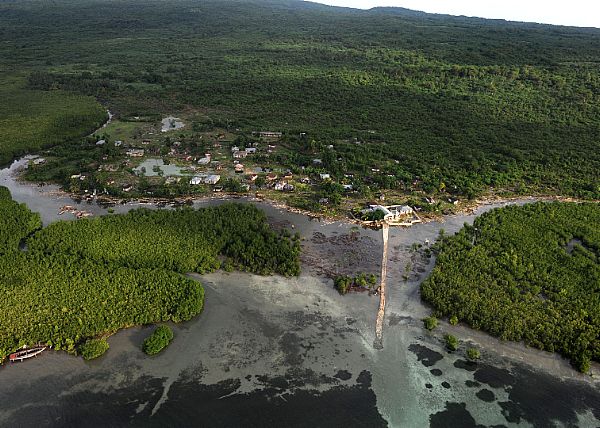
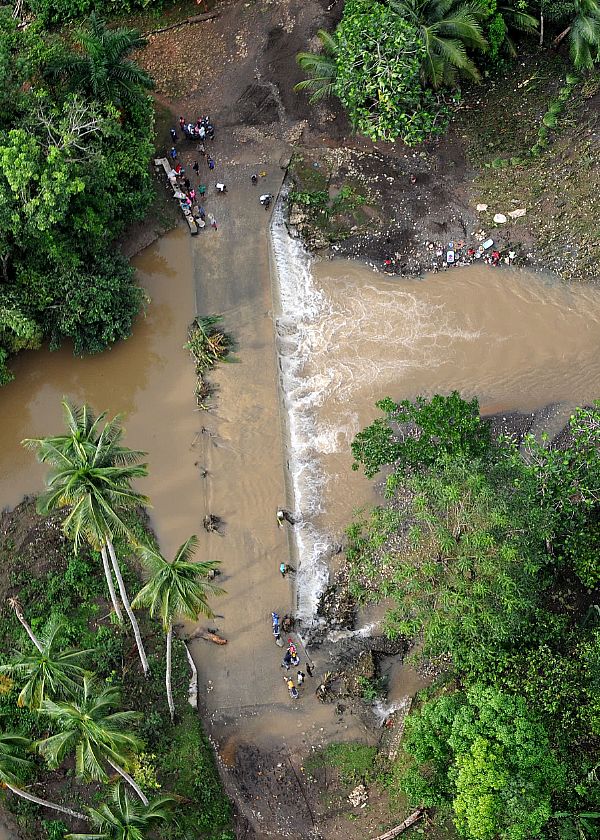

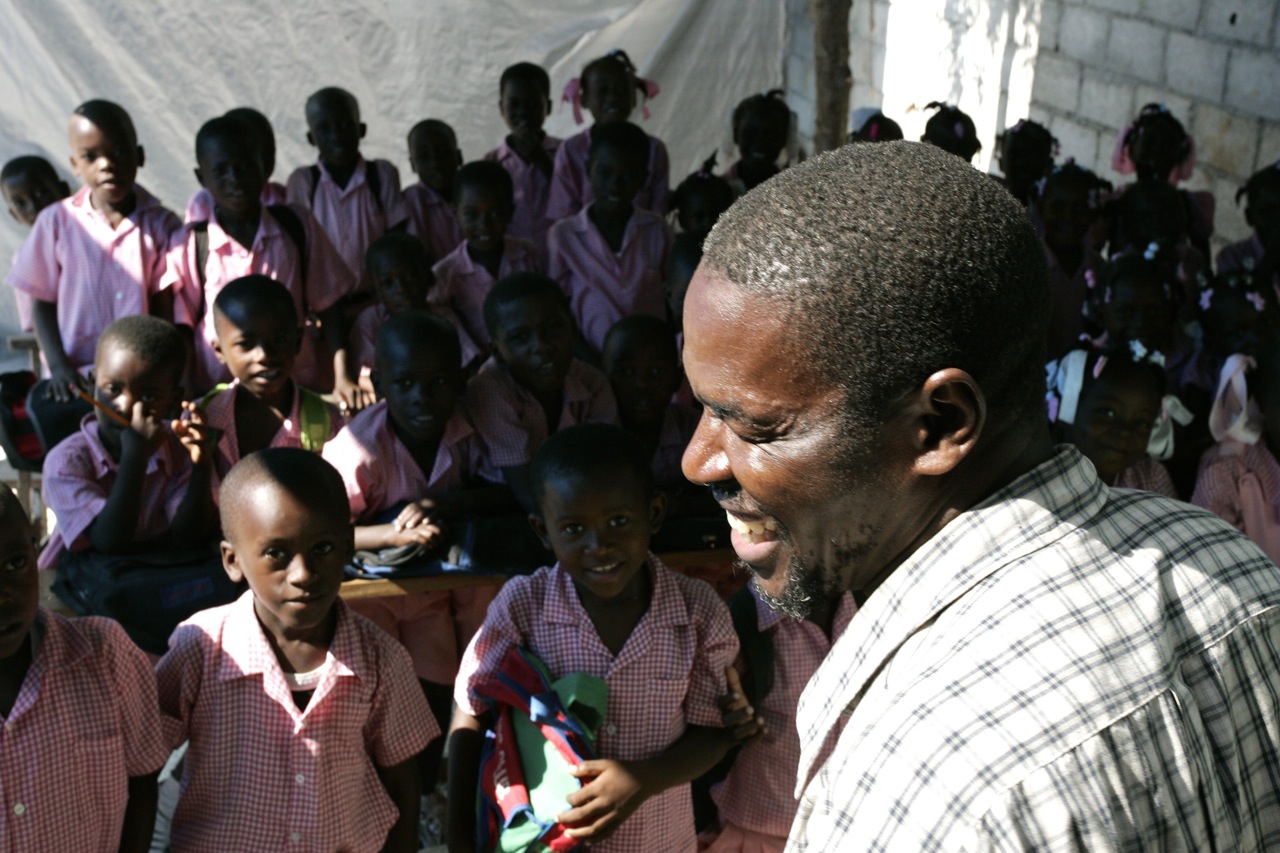
 Those who cultivate the hilly but fertile land get some rice and beans up front, Delma said. Then they receive some money once the produce is harvested and sold at market.
Those who cultivate the hilly but fertile land get some rice and beans up front, Delma said. Then they receive some money once the produce is harvested and sold at market.